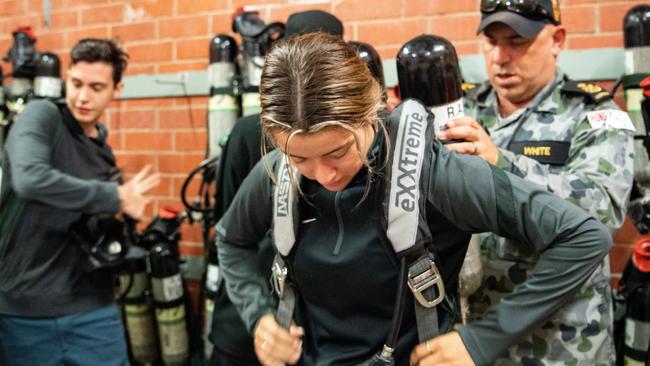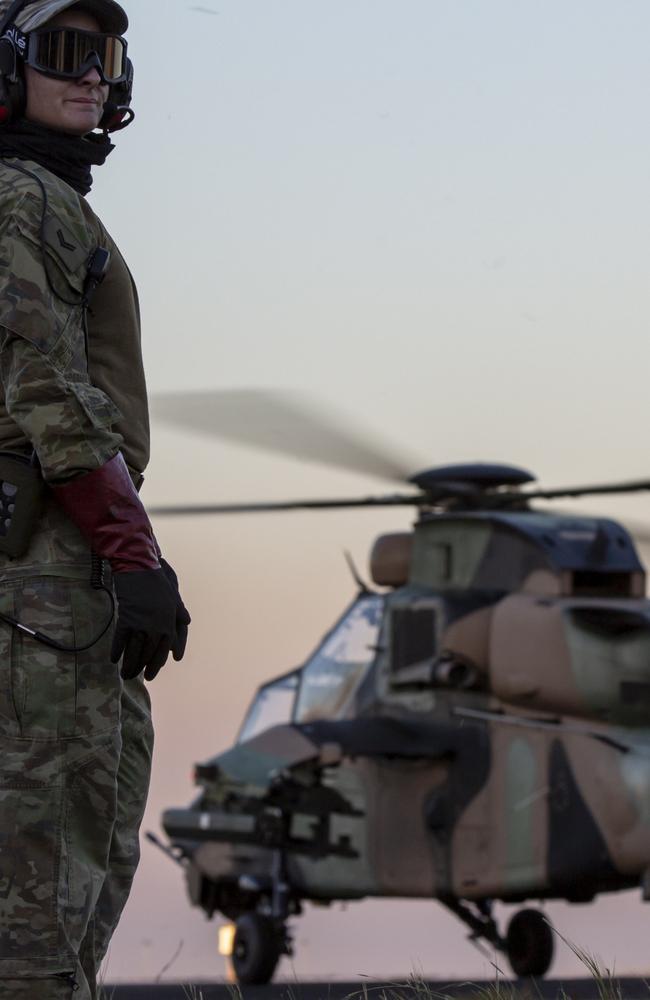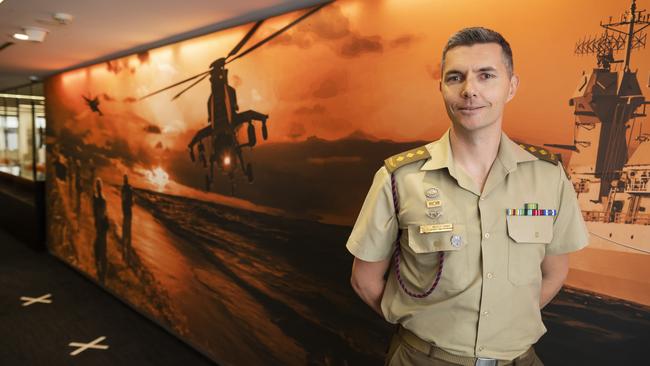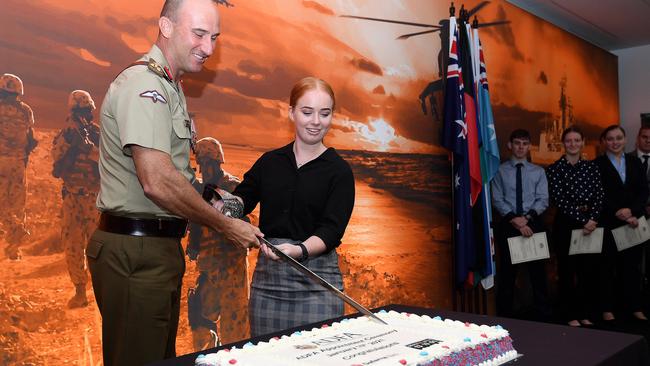Rush to join military during Covid crisis now in reverse
A rush to enlist in the armed forces to combat national security uncertainty at the height of the pandemic has now reversed.
National
Don't miss out on the headlines from National. Followed categories will be added to My News.
A rush to enlist in the armed forces to combat national security uncertainty at the height of the Covid pandemic last year has now reversed with applications being withdrawn in record numbers and a shortfall in the ranks.
The move comes as an Australian National Audit Office (ANAO) found Defence had failed in elements of its much-touted cultural reform of the ranks in that it could not itself show evidence-based effectiveness of its strategy.
That five-year reform was designed to improve working conditions in the ranks, stamp out bullying, create better retention rates and particularly be more inclusive of women and is due to end in 2022.

According to new Defence figures, at the height of the outbreak of Covid-19 between March -April and August last year, there had been a 38 per cent spike in applications to join the Australian Defence Force, put down as an “immediate response to uncertainty”.
As the pandemic played out however an indeterminate number of those who had applied either formally withdrew their applications, failed to follow up with recruiters or simply disappeared.
Ironically, the pandemic and lockdowns also reversed the potential for recruitment with face-to-face meetings and other events forced to cancel which saw a further drop in numbers.
As of June this year, new recruitment for all three services was at 88 per cent of overall targets that, coupled with those exiting the forces, has left a shortfall in funded strength of more than 500 personnel.

To recruit between 7500 and 8000 personnel a year to remain at full strength, the ADF needs to receive 10-fold that number in applications to account for drop outs and rejections. The Covid-related “dip” has left the ADF not seeing anywhere near that number.
The latest figures reveal 19.7 per cent of personnel in the ADF are women, about 25 per cent for the Navy and Air Force and 15 per cent in the Army, although per capita the Army has greater numbers of women.

Overall, Army has a total full time strength of 30,800 personnel while Army Reserves have about 15,000 active members. The RAN and RAAF have about 15,000 personnel each.
Defence noted despite Covid-related recruitment and retention rate challenges, the ADF fared better than other Five Eyes allied forces on this issue at this time.
It is a critical time for the ADF with noted strategic outlook challenges in the Pacific region, largely due to an assertive China, and the most significant acquisition and modernisation of weaponry and war fighting craft coming into the ADF arsenal this decade.
The figures emerged as the ANAO issued its latest Defence performance review into its five-year (2017-22) strategy on cultural and behavioural reform.

It concluded: “Defence is unable to provide assurance of the effectiveness of its implementation to date of its ‘Pathway to Change – Evolving Defence Culture (2017-2022)’ reform strategy.”
It also found Defence’s development of the strategy was not evidence-based therefore could not be fully effective and “is not yet able to demonstrate at the enterprise level that intended outcomes are being achieved through its implementation of the strategy”.
Defence agreed with ANAO recommendations and said significant achievements in cultural reform had been made include diversity to better reflect the Australian community, increasing the percentage of women in the ranks and put in place systems to deal with workplace poor behaviour.




